When your pet is limping that indicates pain, weakness, and/or a structural problem affecting the leg’s range of motion. Limping is a common sign of bone and joint disease, but it also occurs with muscle and nerve injuries making it a nonspecific sign for orthopedic and neurologic conditions.
Determining If There Is Lameness
- History is important: When did it begin? Is it getting worse or better? Did the lameness appear suddenly or was there an event that caused injury?
- Which leg is involved? A dog often holds up the paw or places less weight on a painful leg, especially one that has recently been injured.
- The dog’s head bobs up on the painful side and down on the side with the good leg.
- A dog usually takes shorter steps on a painful or weak leg.
- With chronic lameness, the dog may take very short strides with no noticeable limp. This is also true if more than one leg hurts, such as with arthritis.
- With neurologic conditions, patients often take short, choppy steps or long, lopey strides that can appear as if their legs are drunk.
Determining The Cause
- History is important: When did it begin? Is it getting worse or better? Did the lameness appear suddenly or was there an event that caused injury?
- Which leg is involved? A dog often holds up the paw or places less weight on a painful leg, especially one that has recently been injured.
- The dog’s head bobs up on the painful side and down on the side with the good leg.
- A dog usually takes shorter steps on a painful or weak leg.
- With chronic lameness, the dog may take very short strides with no noticeable limp. This is also true if more than one leg hurts, such as with arthritis.
- With neurologic conditions, patients often take short, choppy steps or long, lopey strides that can appear as if their legs are drunk.
If you think you know which leg is involved, try to identify the specific site.
- Start by examining the nails, between toes, and footpads for cuts, punctures, torn nails, or red and swollen areas.
- Carefully feel the leg from the toes up. Locate areas of tenderness, heat, and swelling by applying gentle pressure.
- Flex and extend all joints from the toes to the shoulder or hip for pain or resistance. Lack of easy movement or resistance is a sign of joint pain, which will be evident when the dog attempts to pull the leg free.
- If you aren’t sure if something you feel is normal, compare it to the dog’s other leg.
Let’s Talk
Once you have isolated the injury site to the best of your ability, give us a call. We are happy to help you assess whether your pet needs to be seen by a veterinarian.
Please keep in mind that a pet in pain can react by lashing out so please take precautions when examining any pet in discomfort or pain.


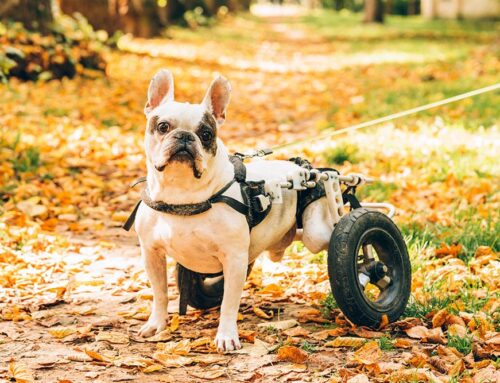











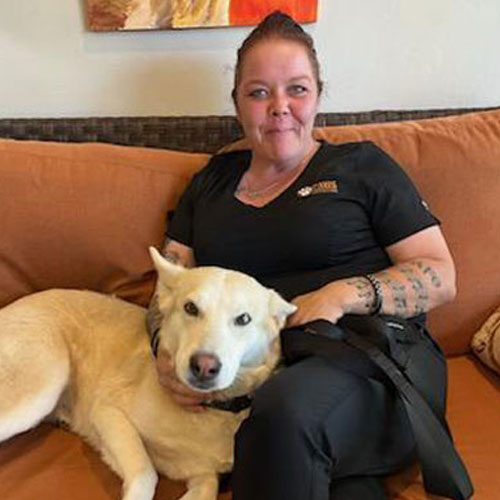




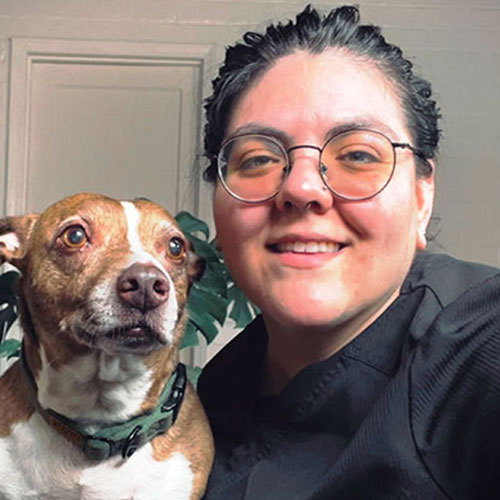


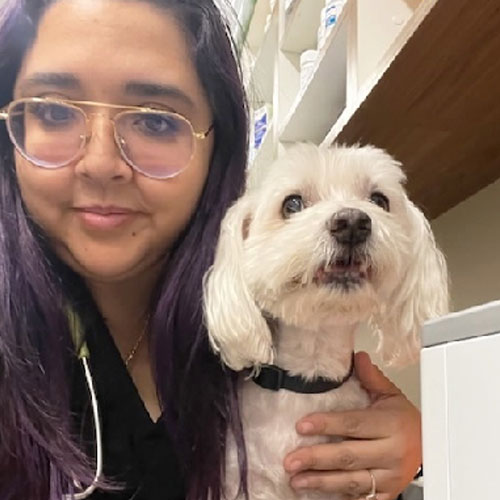
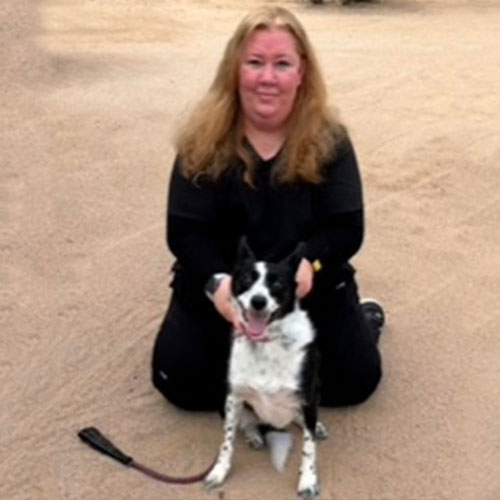


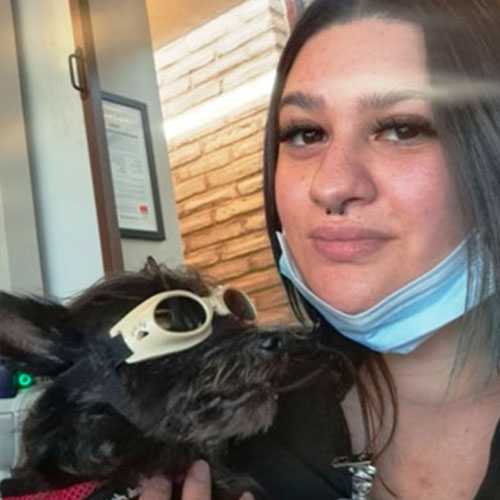


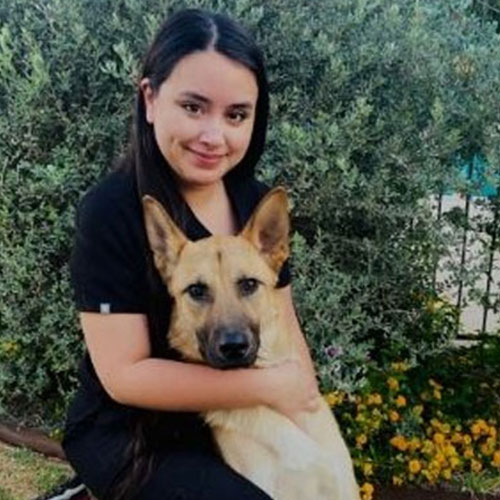








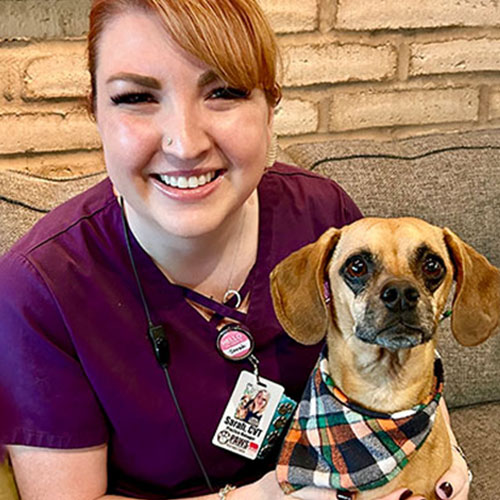









Leave A Comment